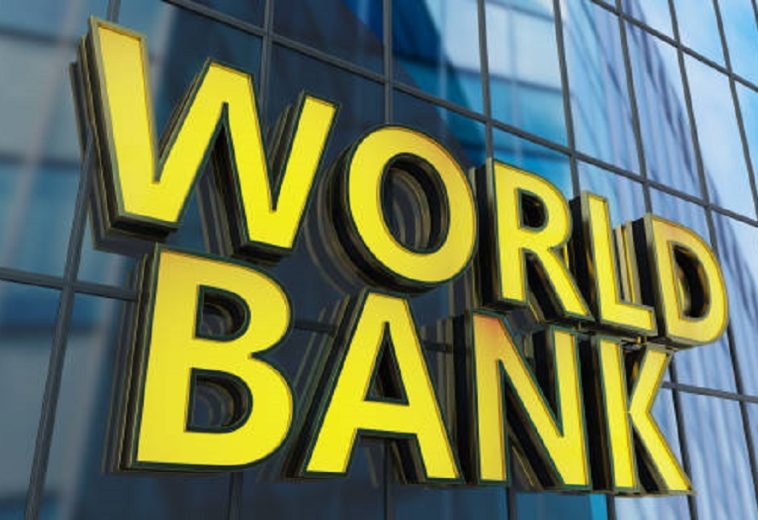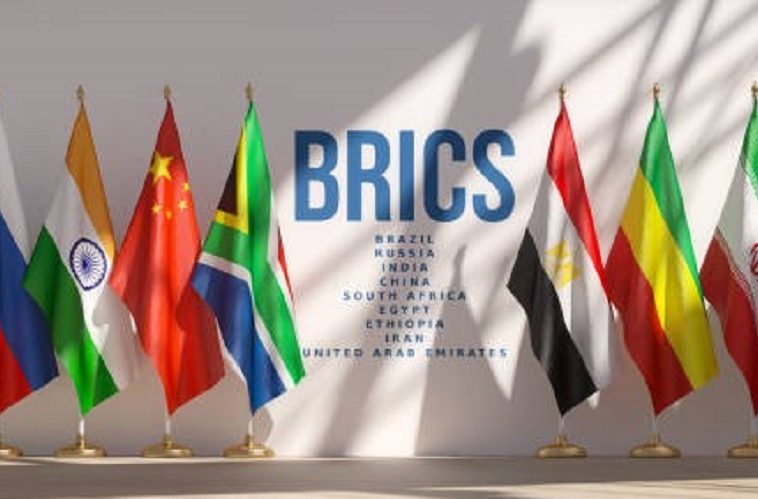As the BRICS 2024 summit commences in Russia, the focus shifts to green technology innovation, with an expanded membership poised to enhance the bloc’s influence in global sustainability efforts. This year’s summit is particularly significant as Egypt, Ethiopia, Iran, and the United Arab Emirates (UAE) officially join BRICS, introducing new dimensions of economic and environmental collaboration. With these additions, BRICS aims to advance its shared vision of green growth, technological cooperation, and global leadership in tackling climate change.
A Powerhouse in Global Development
Since its founding in 2009, BRICS—comprising Brazil, Russia, India, China, and South Africa—has evolved into one of the world’s most influential geopolitical alliances. Initially focused on economic cooperation, BRICS has broadened its scope to address global challenges, including climate change, sustainable development, and green innovation. Together, the original BRICS nations represent over 40% of the world’s population and contribute nearly 31.5% of global GDP, a figure expected to grow with the inclusion of new members.
The decision to expand BRICS reflects the group’s desire to diversify and enhance its influence on the world stage. The inclusion of Egypt, Ethiopia, Iran, and the UAE significantly strengthens the bloc’s position in global affairs, particularly in energy and technological innovation. This enlarged BRICS presents an opportunity for enhanced collaboration on green technology and renewable energy solutions, where these countries have made substantial progress.
Green Technology as a Priority
With climate change threatening to exacerbate social, economic, and environmental inequalities, BRICS has prioritised green technology innovation. The bloc’s commitment to driving advancements in renewable energy, carbon reduction, and sustainable development is evident in its recent initiatives and investments.
In 2022, BRICS nations accounted for 36% of global renewable energy capacity, according to the International Energy Agency (IEA). China leads in this area, producing over 70% of the world’s solar panels and dominating wind energy production. Meanwhile, India is rapidly expanding its renewable energy infrastructure, aiming for 500 gigawatts (GW) of renewable capacity by 2030. Brazil, with its extensive hydropower resources, and Russia, through advancements in nuclear energy and clean energy research, also make significant contributions to the bloc’s green agenda.
Reflecting the urgency of this mission, Xi Jinping, President of China, stated at a previous BRICS summit, “Our focus on clean energy is not just a necessity; it is a responsibility. As BRICS nations, we must lead the way in promoting green development for the world.” This sentiment captures the bloc’s ambition to position itself as a leader in the global fight against climate change.
New Members, New Strengths
The expansion of BRICS with the inclusion of Egypt, Ethiopia, Iran, and the UAE introduces fresh opportunities for collaboration in green technology. Each country brings unique strengths that can enhance BRICS’s capacity for innovation and sustainable solutions:
- Egypt: A leading player in Africa’s renewable energy landscape, Egypt is home to the Benban Solar Park, one of the largest solar farms globally. The country has been a key advocate for climate action, hosting the COP27 summit in 2022.
- Ethiopia: Rapidly developing its hydropower capacity, Ethiopia’s Grand Ethiopian Renaissance Dam (GERD) is set to be one of Africa’s largest hydropower installations, significantly contributing to BRICS’s green energy goals.
- Iran: With rich natural resources, Iran is diversifying its energy portfolio through investments in wind and solar power. The country’s potential to harness these resources through green technology offers BRICS an opportunity to enhance its renewable energy capabilities.
- UAE: Home to Masdar, a global leader in renewable energy, the UAE has invested billions in solar and hydrogen energy technologies. Its participation in BRICS is expected to accelerate the bloc’s transition toward sustainable energy solutions.
READ ALSO: BRICS and Africa: A Partnership for African Youths
Sustainability and Leadership Commitment
BRICS leaders consistently emphasise their commitment to advancing green technology and sustainability. Vladimir Putin, President of Russia, has highlighted the importance of cooperation in the green sector, noting that “BRICS is uniquely positioned to lead the charge in sustainable development by pooling resources and technological know-how to innovate in clean energy.” Similarly, Narendra Modi, Prime Minister of India, stressed the need for strategic partnerships during last year’s summit, stating, “By working together, BRICS can build the sustainable infrastructure needed to create a greener world.” This shared sentiment reflects a common vision: to invest in green technology and foster partnerships that drive collective success.
The Way Forward
As the 2024 summit unfolds in Russia, the expanded BRICS has a unique opportunity to lead global green technology innovation. With their combined economic strength and natural resources, BRICS nations are well-positioned to make significant contributions to the fight against climate change.
According to the International Renewable Energy Agency (IRENA), renewable energy investments within BRICS countries are projected to grow by 8% annually through 2030. With new members like Ethiopia, which has vast hydropower potential, and the UAE, with its advanced solar energy infrastructure, this expansion heralds a new era of green development.
The ongoing BRICS summit is not merely a meeting of nations; it is a call to action. With increased membership, greater resources, and a collective ambition to innovate, BRICS has the potential to set the global standard for green growth. As Cyril Ramaphosa, President of South Africa, aptly stated, “Our path forward must be one that leads to sustainability—not just for BRICS nations, but for the entire world.”
As the world watches the outcomes of this summit, anticipation builds that BRICS, now strengthened by its new members, will forge ahead with sustainable innovations benefiting both its economies and the global community. The time for green leadership is now, and BRICS is poised to lead the charge.




